New Photon-Based Technique: Quantum communication, once the stuff of science fiction, is rapidly becoming a reality thanks to a new photon-based technique that overcomes many of the challenges that have held this technology back. This breakthrough is not just a win for scientists in white lab coats—it’s a leap forward for anyone who cares about privacy, cybersecurity, and the future of the internet.
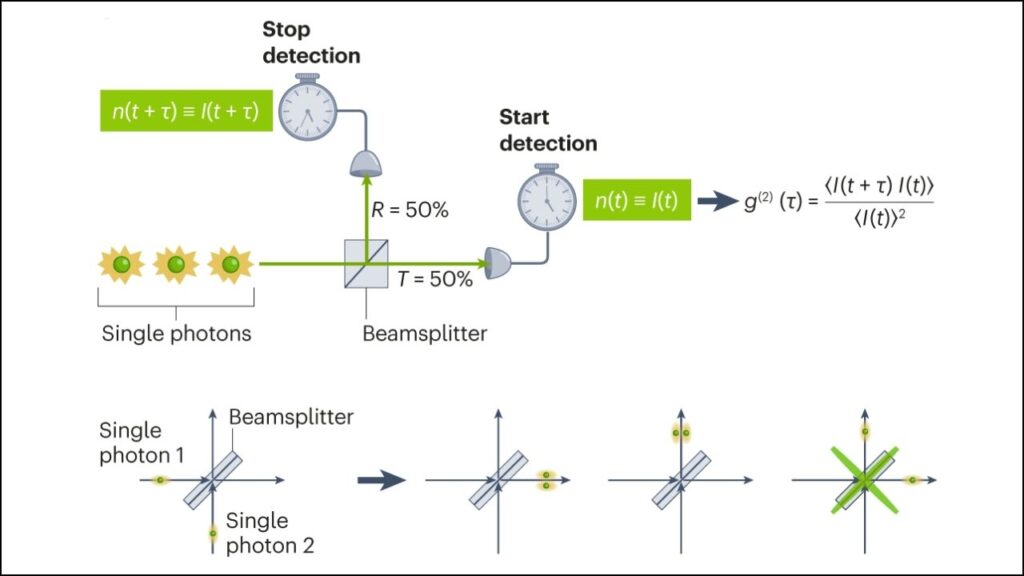
In this article, we’ll explore what quantum communication is, why photons are at the heart of this revolution, how the latest techniques work, and what it all means for you—whether you’re a student, a tech professional, or simply curious about the next big thing in secure communication.
New Photon-Based Technique
| Feature/Fact | Details & Data |
|---|---|
| Breakthrough | Photon-based quantum communication over 11 miles of fiber-optic cable at room temperature |
| Security | Fundamentally unbreakable encryption; eavesdropping attempts are instantly detected |
| Speed | Secure key rate of up to 240 bits/second achieved in recent free-space experiments |
| Professional Impact | Paves way for quantum-secure networks, quantum internet, and ultra-secure cyber infrastructure |
The new photon-based technique for quantum communication marks a turning point in the quest for ultra-secure, high-speed data transmission. By harnessing the unique properties of photons and quantum mechanics, researchers have achieved secure communication over record distances using technology that fits into today’s fiber-optic networks. This breakthrough not only promises a future of unbreakable encryption but also opens the door to the quantum internet and a new era of cybersecurity.
Whether you’re a student, a professional, or a policymaker, now is the time to pay attention to quantum communication. The technology is moving from the lab to the real world, and its impact will be felt across industries and societies in the years to come.
Understanding Quantum Communication
What Is Quantum Communication?
Quantum communication is a cutting-edge method of transmitting information using the principles of quantum mechanics, the branch of physics that deals with the very smallest particles in the universe. Instead of relying on electrical signals or radio waves, quantum communication uses photons—the fundamental particles of light—to carry information.
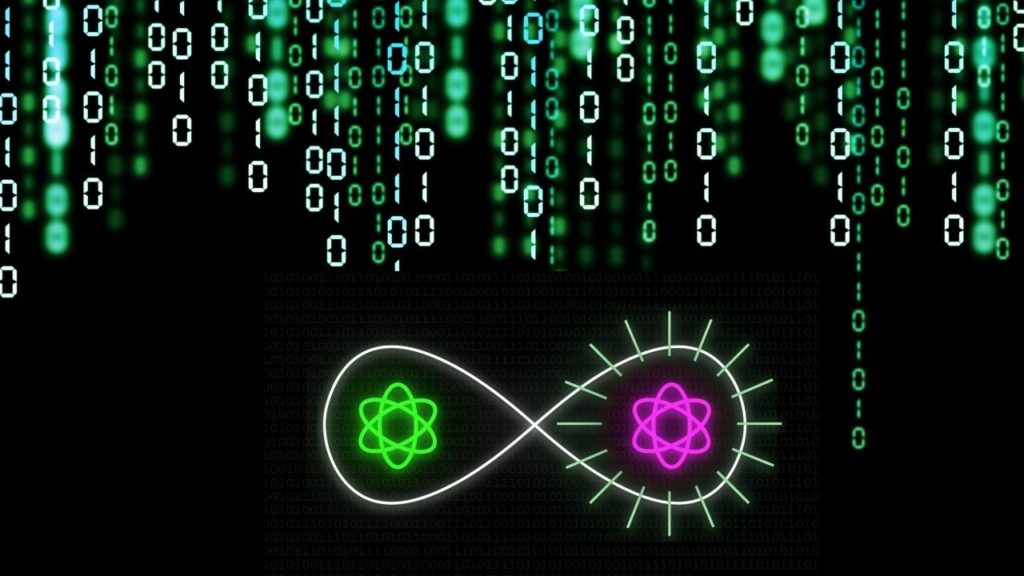
What makes quantum communication so special is its security. Thanks to the weird and wonderful rules of quantum physics, any attempt to intercept or eavesdrop on a quantum message changes the message itself. This means that quantum communication is, in theory, unhackable.
Why Photons?
Photons are the ideal messengers for quantum communication for several reasons:
- Speed: Photons travel at the speed of light, making them perfect for rapid communication.
- Low Interaction: Photons rarely interact with their environment, which helps preserve the delicate quantum information they carry.
- Compatibility: Photons can travel through fiber-optic cables—the backbone of today’s internet—making it easier to integrate quantum communication into existing infrastructure.
- Room Temperature Operation: Recent advances allow quantum devices to work at room temperature, removing the need for expensive cooling systems.
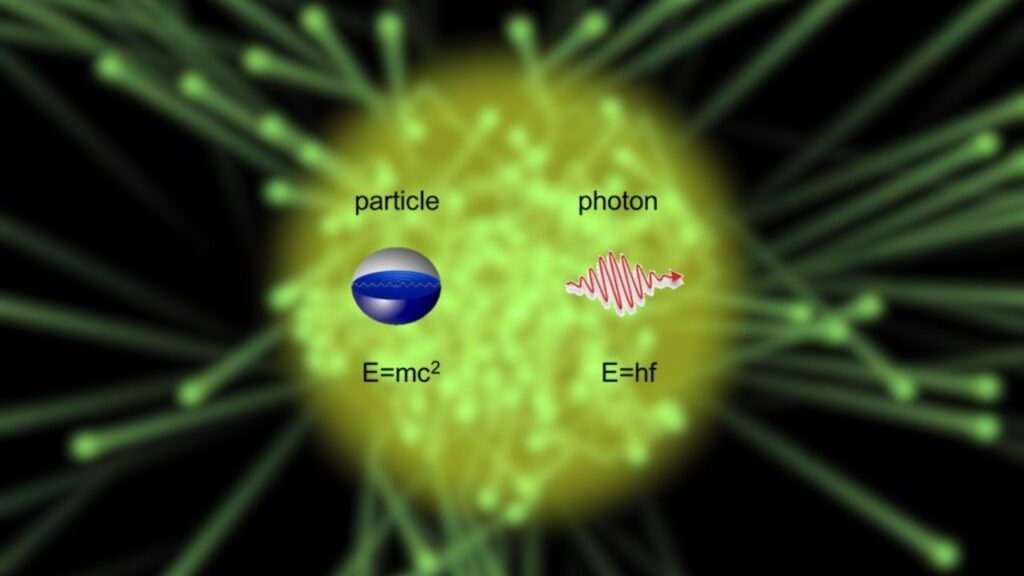
How the New Photon-Based Technique Works
The Challenge: Sending Quantum Information Over Long Distances
One of the biggest obstacles in quantum communication has been sending photons over long distances without losing their quantum properties. Traditional methods often required super-cold temperatures or could only transmit over short distances before the signal degraded.
The Breakthrough: Integrated Quantum Photonic Chips
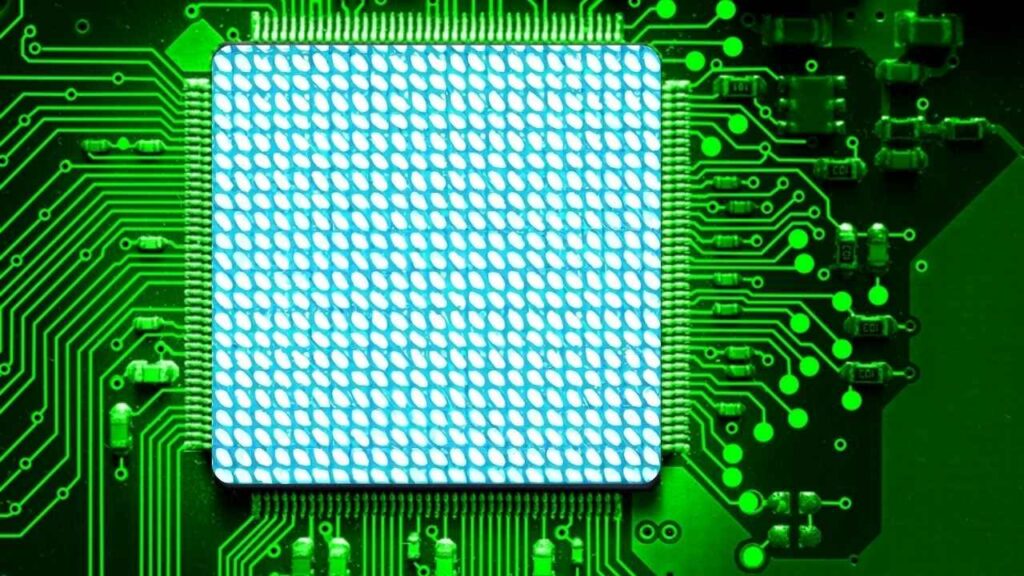
The latest technique uses integrated quantum photonic chips to generate, control, and detect single photons. These chips are small, efficient, and can operate at room temperature. Here’s how the process works:
1. Encoding Information
Information is encoded onto single photons using quantum properties such as polarization (the direction the light wave vibrates) or phase (the position of the wave).
2. Transmission Through Fiber-Optic Cables
The photons travel through standard fiber-optic cables, the same kind used for today’s high-speed internet. This means the new technology can be deployed using existing infrastructure.
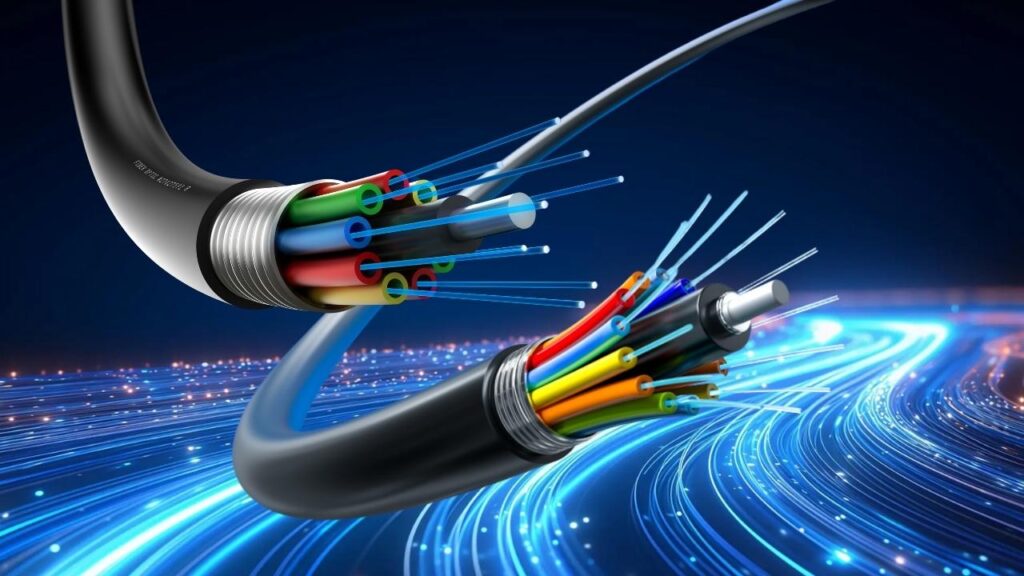
3. Quantum Entanglement
In some systems, pairs of photons are entangled—a special quantum connection where the state of one photon instantly affects the other, no matter how far apart they are. This property is key for secure communication and quantum networking.
4. Detection and Decoding
At the receiving end, specialized detectors and chips catch the photons and decode the quantum information. If anyone tries to intercept the message, the quantum state changes, and the system immediately detects the intrusion.
5. Error Correction
Quantum communication systems use advanced error correction to ensure the message arrives intact, even if some photons are lost or disturbed during transmission.
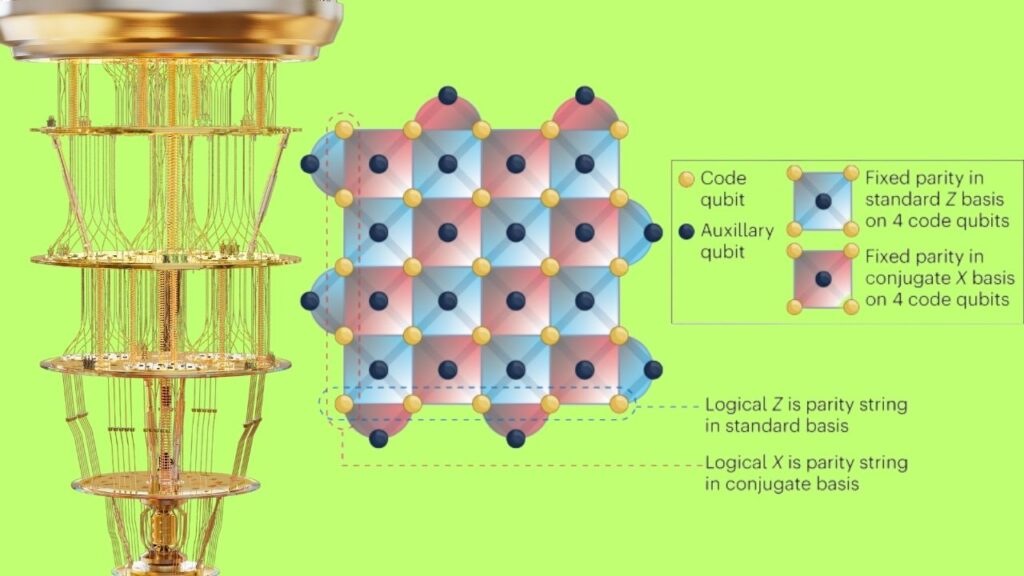
Real-World Examples and Recent Breakthroughs
Long-Distance Quantum Networks
Researchers have successfully sent quantum information over 11 miles (about 18 kilometers) of fiber-optic cable at room temperature. This is a major milestone, as it demonstrates that quantum communication can work in real-world conditions, not just in specialized labs.
Free-Space Quantum Communication
Experiments have also shown that photons can transmit quantum information through open air (free space) over distances of more than a kilometer. This opens up possibilities for secure communication between buildings, across campuses, or even between satellites and ground stations.
Quantum Key Distribution (QKD)
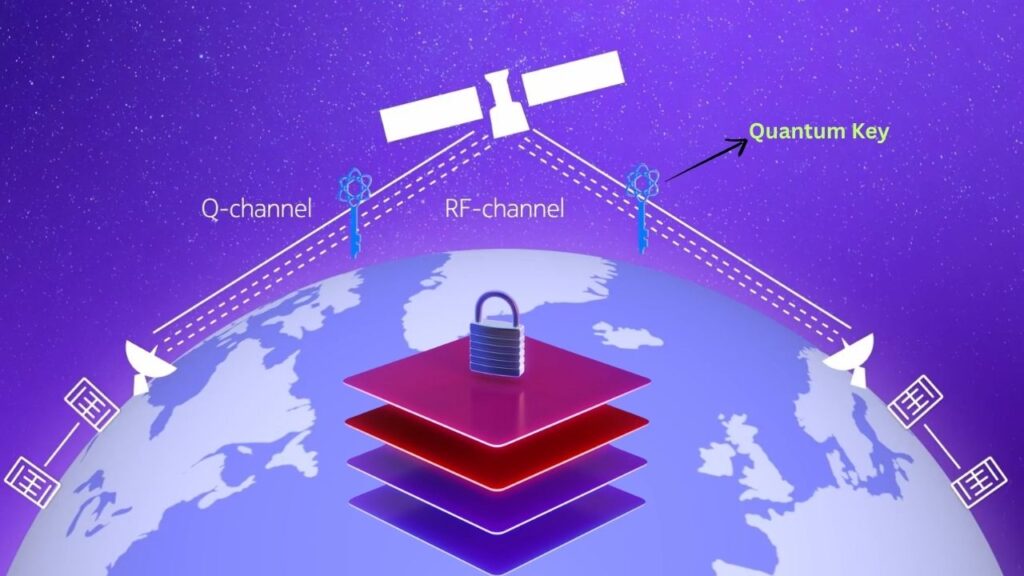
One of the most promising applications is Quantum Key Distribution, or QKD. This technique uses quantum communication to create a secret encryption key shared only by the sender and receiver. If anyone tries to intercept the key, the system knows immediately, and the key is discarded. QKD is already being tested in pilot networks around the world.
Why This Matters: Practical Benefits and Impact
For Everyday Users
- Unbreakable Security: Quantum communication could protect your bank details, medical records, and personal messages from even the most advanced hackers.
- Privacy by Design: Unlike traditional encryption, which can be broken with enough computing power, quantum communication offers security guaranteed by the laws of physics.
For Businesses and Professionals
- Future-Proof Cybersecurity: As quantum computers become more powerful, they could break today’s encryption. Quantum communication is resistant to these threats, making it essential for banks, governments, and any business handling sensitive data.
- Integration with Existing Networks: Because the new technique works with standard fiber-optic cables, businesses can upgrade their security without overhauling their entire infrastructure.
For Governments and Critical Infrastructure
- National Security: Quantum communication can protect military and government communications from espionage.
- Critical Infrastructure: Power grids, transportation systems, and healthcare networks can all benefit from the ultra-secure communication that quantum technology provides.
Step-by-Step Guide: How Quantum Communication Happens
1. Message Preparation
The sender (often called “Alice”) prepares a message and encodes it onto a photon using quantum properties.
2. Photon Transmission
The photon travels through a fiber-optic cable or through the air to the receiver (“Bob”).
3. Reception and Measurement
Bob uses specialized detectors to measure the quantum state of the photon and retrieve the message.
4. Security Check
Alice and Bob compare a portion of their data to check for eavesdropping. If the numbers match, the communication is secure. If not, they know the message was compromised.
5. Key Generation
The secure quantum process creates a shared encryption key, which can then be used to encrypt and decrypt regular messages sent over the internet.
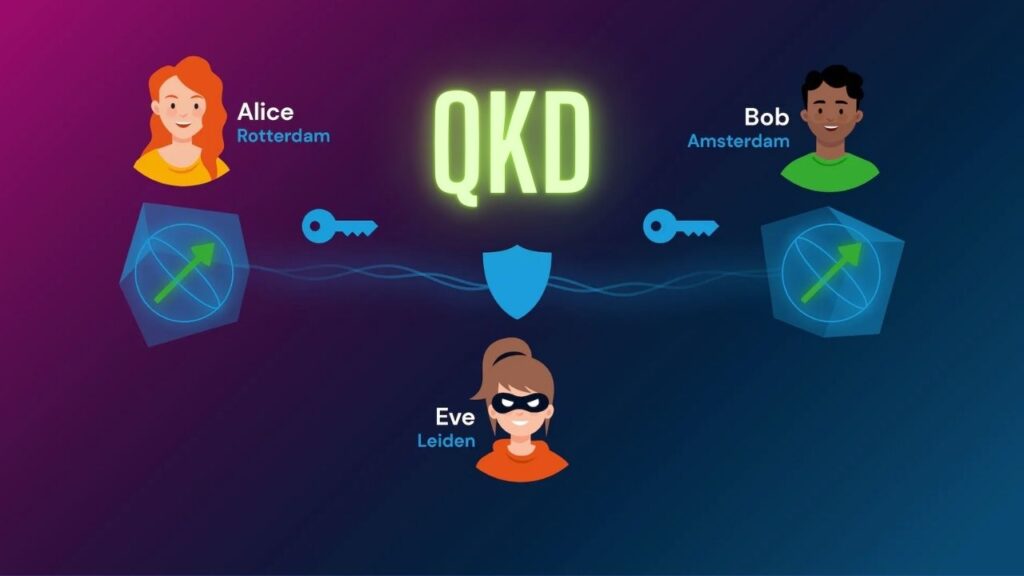
The Road Ahead: Challenges and Opportunities
Technical Challenges
- Distance Limits: While 11 miles is a huge step, global quantum networks will require even longer distances. Solutions like quantum repeaters and satellite links are being developed.
- Error Rates: Quantum signals are delicate and can be disturbed by noise in the environment. Improving error correction is a major area of research.
- Scalability: Building large, reliable quantum networks will require advances in manufacturing and integration.
Opportunities
- Quantum Internet: The ultimate goal is a global quantum internet, enabling ultra-secure communication and new kinds of applications, such as distributed quantum computing.
- New Careers: The rise of quantum technology is creating new career paths in physics, engineering, cybersecurity, and software development.
- Educational Growth: Universities and training programs are expanding their quantum science offerings to meet the growing demand for expertise.
Wipro Predicts Scalable Quantum Computing Solutions by Year-End
Quantum Computing Milestone Achieved, Immediately Challenged by Supercomputer
FAQ About New Photon-Based Technique
Q: What makes quantum communication unbreakable?
A: Any attempt to intercept or measure the quantum signal changes its state, alerting the sender and receiver to the intrusion. This is a property unique to quantum physics.
Q: How soon will quantum communication be widely used?
A: Pilot networks are already in place in some research institutions and cities. Widespread commercial use is expected within the next decade as technology matures and costs decrease.
Q: Will quantum communication replace the internet?
A: Quantum communication will likely work alongside the current internet, providing ultra-secure channels for sensitive information rather than replacing existing networks entirely.
Q: Is quantum communication affected by weather or physical obstacles?
A: Fiber-optic quantum communication is not affected by weather, but free-space (air-based) systems can be influenced by rain, fog, or obstacles. Researchers are developing solutions to improve reliability.
Q: What skills are needed to work in quantum communication?
A: A background in physics, engineering, computer science, or cybersecurity is helpful. Specialized training in quantum mechanics and photonics is increasingly available at universities and online.






